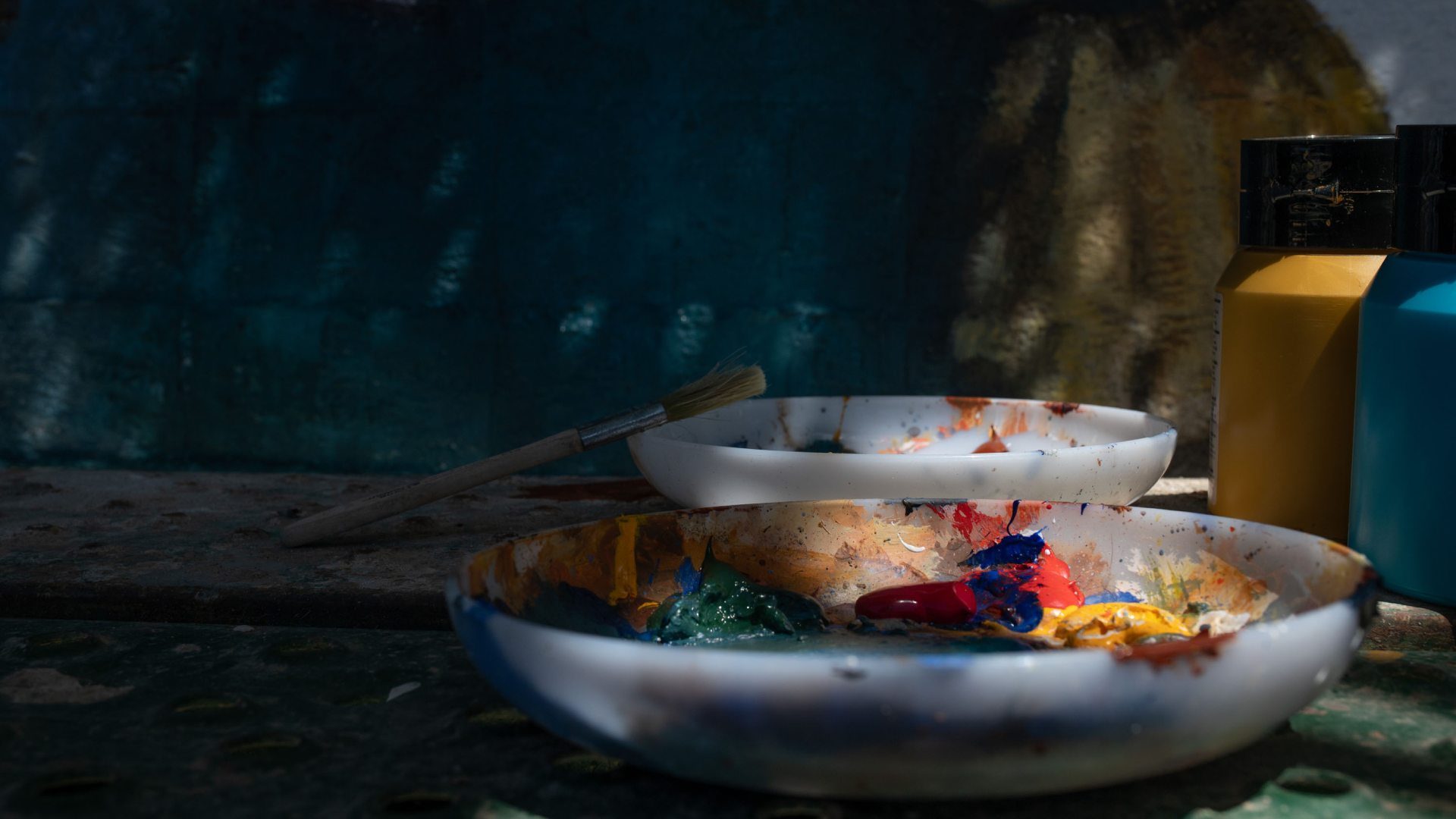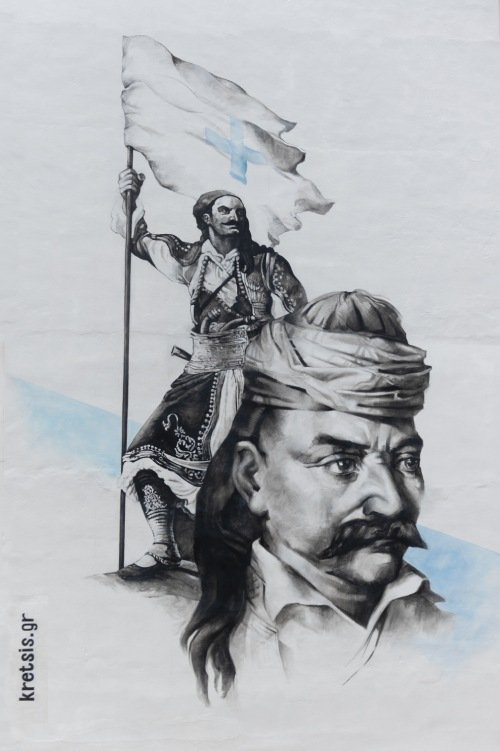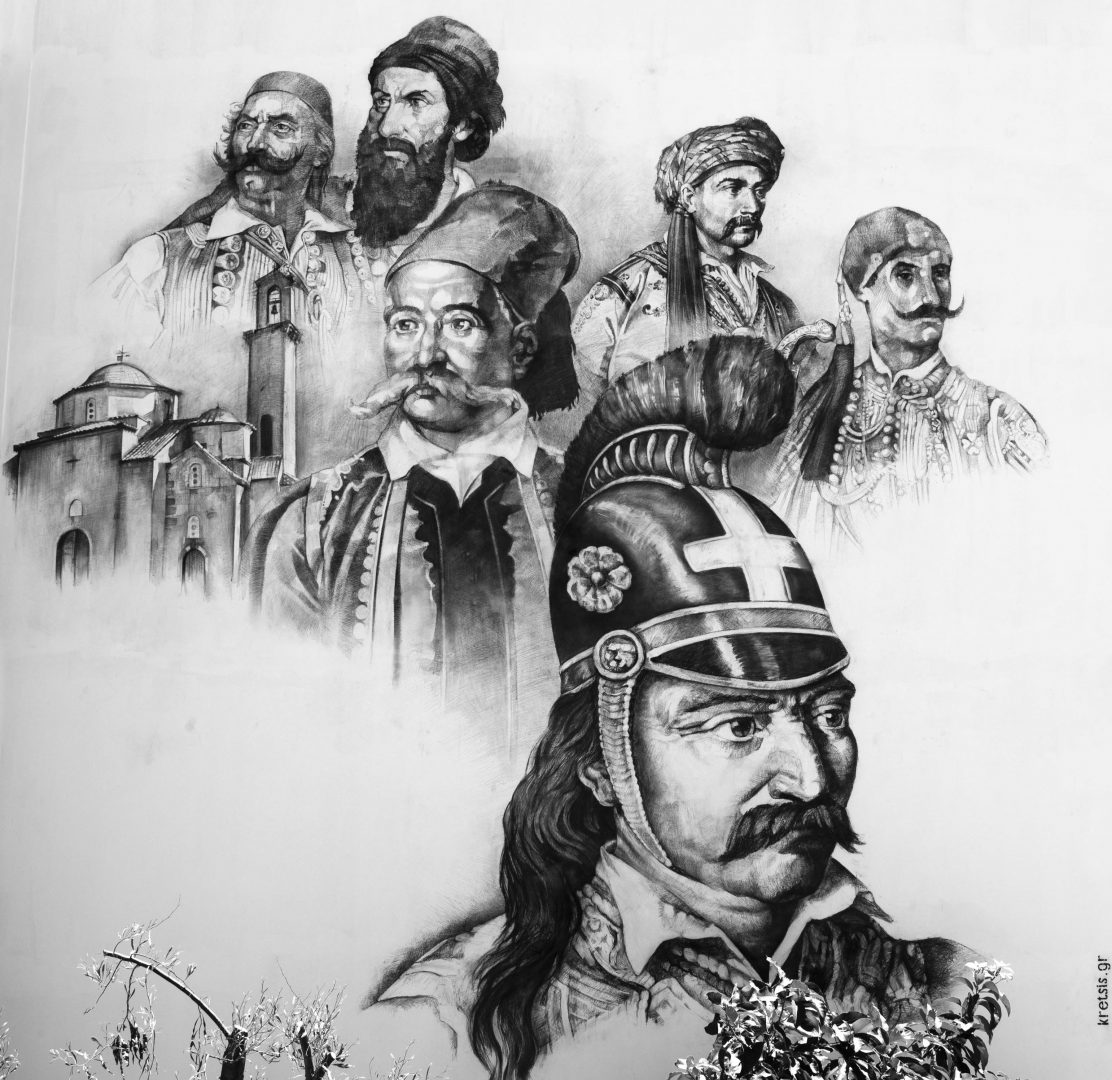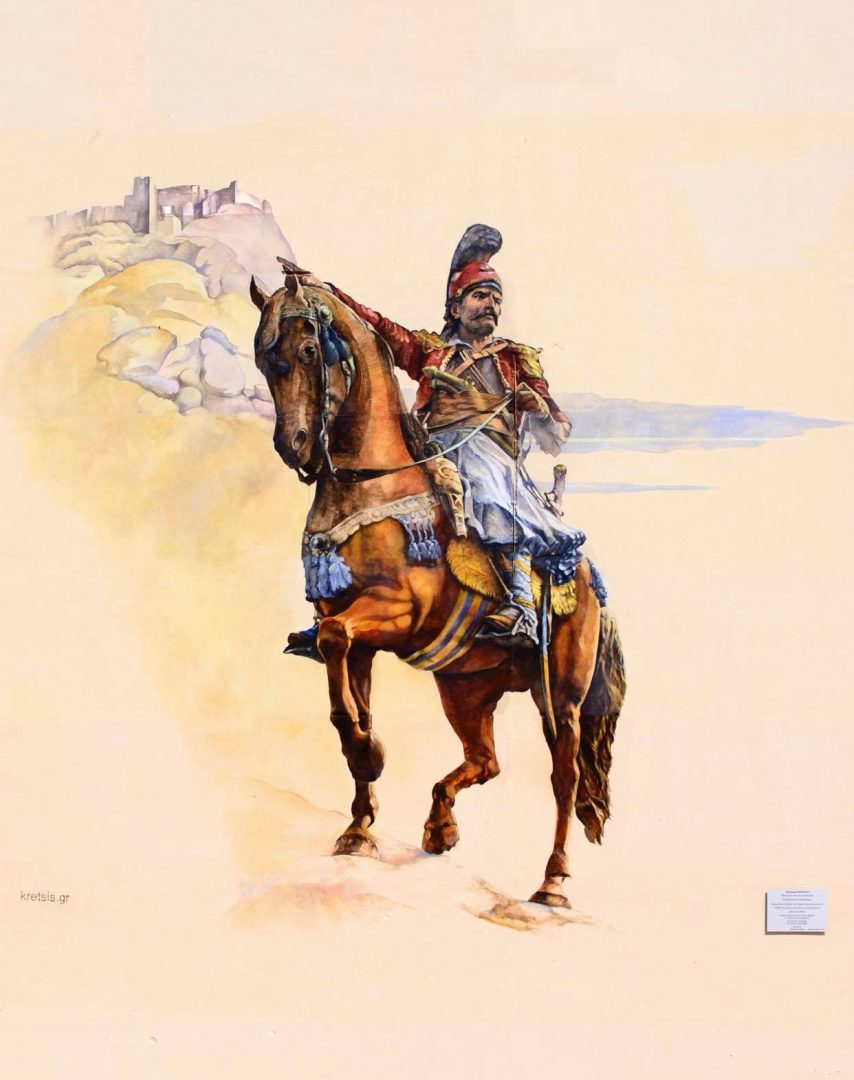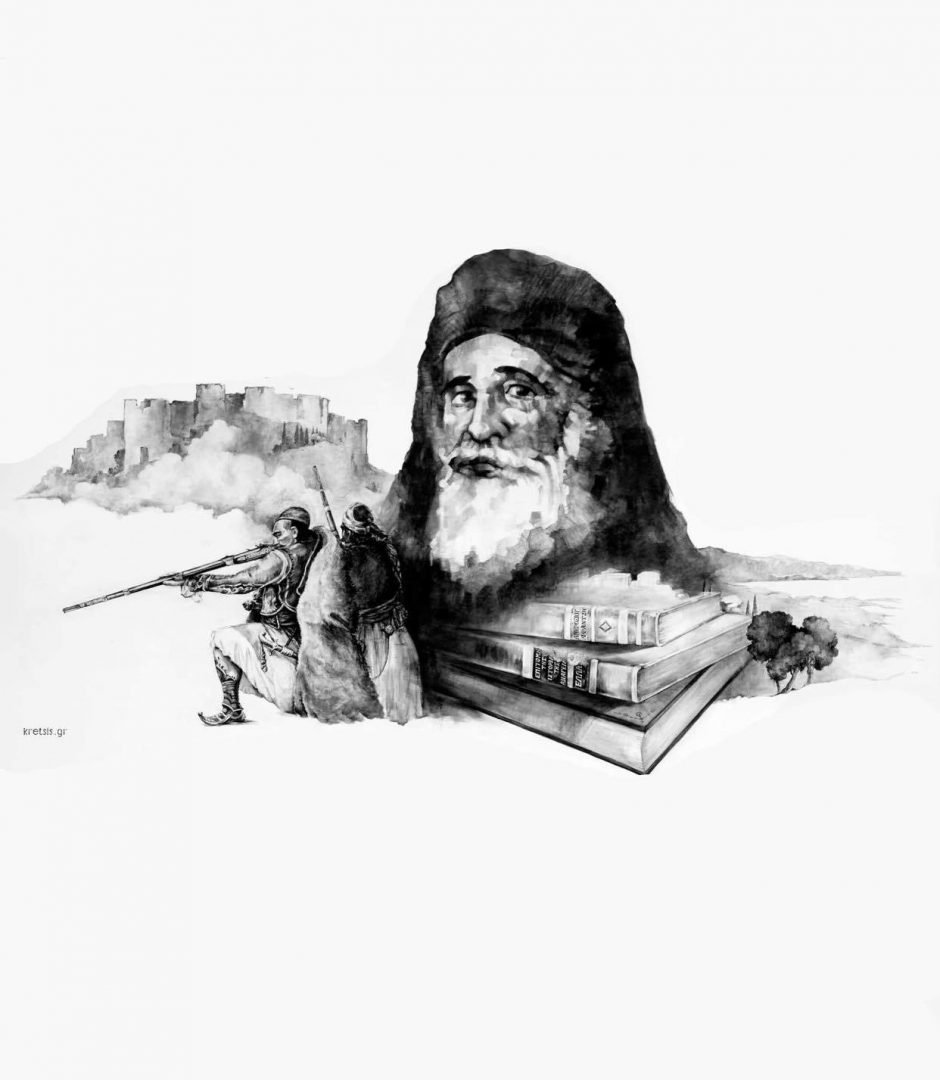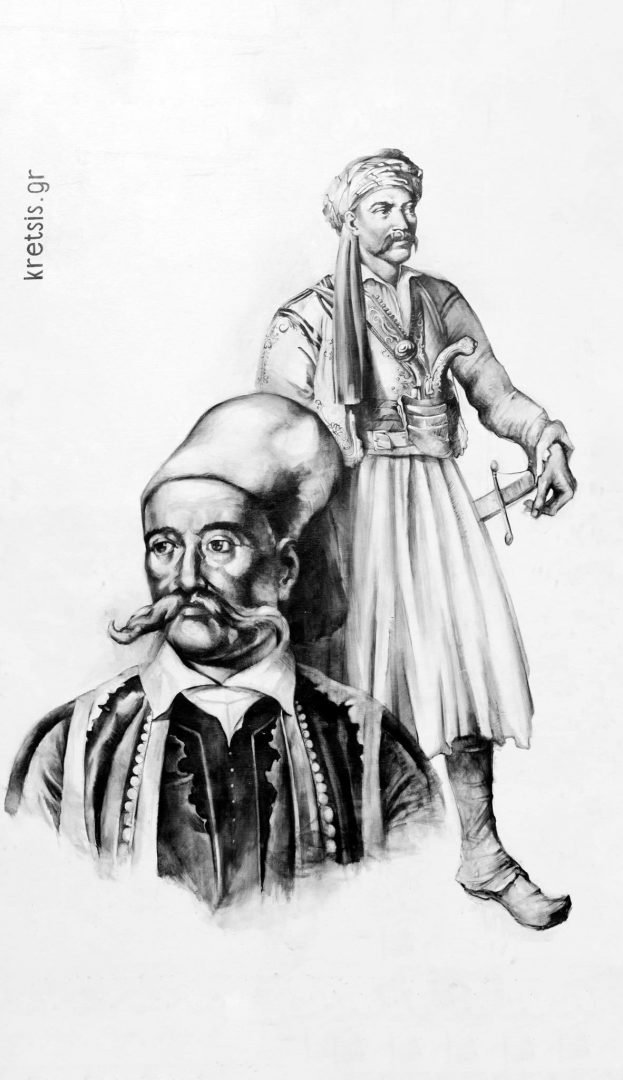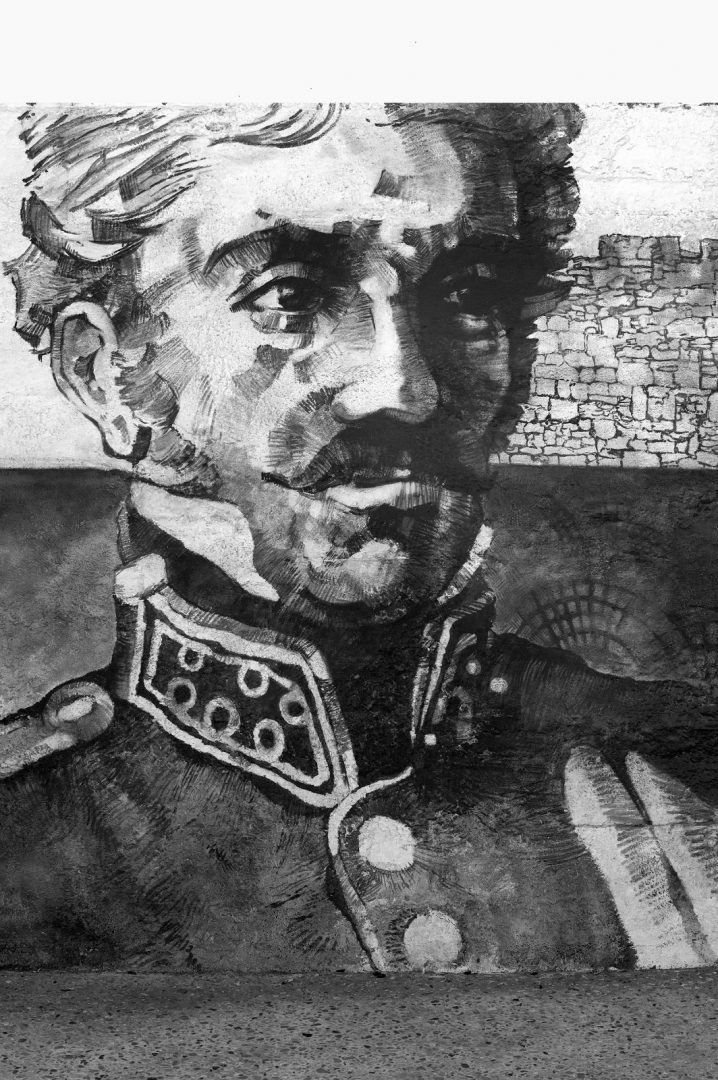Until now, to see portraits of the revolutionary fighters and scenes from the Revolution from up close you would have to visit a museum like the National Gallery. Not anymore. On the occasion of the 200th anniversary of the Revolution, young artists, students and graduates of the Athens School of Fine Arts have painted 10 public murals of heroes in certain selected cities of the Peloponnese.
Through the language of graffiti and the scientific supervision of the School of Fine Arts, personalities, events and works of the time become an integral part of modern life and come to life again in the streets before your eyes.
Historical moments of the Revolution and portraits of the great fighters emerge unpredictably, but fully in harmony with the life of the city, on buildings and streets, in Pylos, Kalamata, Areopolis, Kardamili, Nafplio, Corinth and Tripoli.
You will be surprised to see that even lesser-known aspects of the struggle unfold through these murals: from Monemvasia and Trifylia to Messina, where the words that Kolokotronis wrote to Ibrahim stand haughtily and as they are: “the inanimate trees do not oppose anyone, only men oppose themselves… Why burn our trees and burn our earth if they will not rise up… ».
The faces of the Revolution are here, in Moria, waiting for you to discover them.
